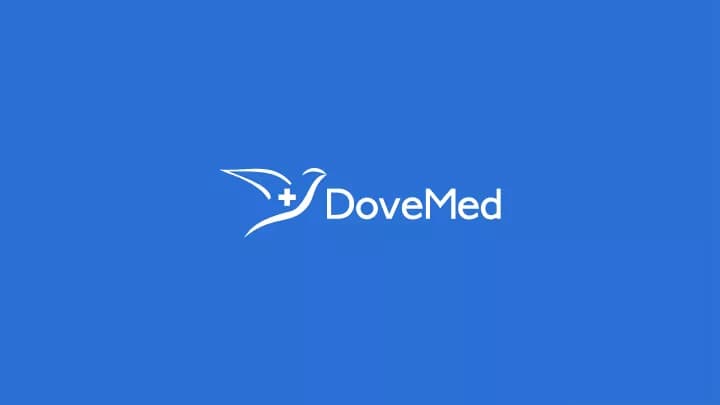Introduction:
Thrombectomy is a minimally invasive medical procedure used to remove blood clots from blood vessels. It is a valuable treatment option for various conditions involving blood clot formation, such as deep vein thrombosis (DVT), pulmonary embolism (PE), and acute ischemic stroke. This comprehensive article aims to provide an in-depth understanding of thrombectomy, including its indications, procedure, recovery, and potential benefits.
Indications for Thrombectomy:
Thrombectomy is typically indicated in the following conditions:
- Acute ischemic stroke: Thrombectomy is commonly performed as an emergent treatment for acute ischemic stroke caused by a blood clot obstructing a major brain artery. The procedure aims to restore blood flow to the affected area of the brain, minimizing potential brain damage.
- Deep vein thrombosis (DVT): In cases of DVT, where blood clots form in the deep veins of the legs or pelvis, thrombectomy may be considered if there is a high risk of complications, such as extensive clot burden or failed response to anticoagulant therapy.
- Pulmonary embolism (PE): Thrombectomy is reserved for severe cases of PE, where blood clots travel to the lungs, causing potentially life-threatening blockages. It may be considered when anticoagulant therapy alone is insufficient or if the patient is in a critical condition.
The Thrombectomy Procedure:
Thrombectomy is typically performed using minimally invasive techniques, such as:
- Catheter-directed thrombolysis: A catheter is inserted into the affected blood vessel, and a clot-dissolving medication is delivered directly to the site of the clot. This helps dissolve the clot and restore blood flow.
- Mechanical thrombectomy: Various mechanical devices, such as stent retrievers or aspiration catheters, are used to physically remove or break up the blood clot, allowing blood flow to resume.
The choice of technique depends on the specific condition and the location and size of the clot. The procedure is usually performed under local or general anesthesia, and imaging guidance, such as fluoroscopy or ultrasound, is used to visualize the blood vessels and guide the catheter to the clot.
Recovery and Potential Benefits:
After the thrombectomy procedure, patients may require a short period of observation in the hospital. The recovery time can vary depending on the specific condition and the extent of the clot. Potential benefits of thrombectomy include:
- Rapid restoration of blood flow: Thrombectomy aims to quickly restore blood flow to the affected area, reducing the risk of tissue damage and improving patient outcomes.
- Improved symptoms: Patients who undergo thrombectomy for acute ischemic stroke may experience improved neurological symptoms and a reduced risk of long-term disability.
- Prevention of complications: Thrombectomy in cases of DVT or PE can help prevent complications such as pulmonary hypertension, post-thrombotic syndrome, or recurrent clotting.
- Minimally invasive approach: Thrombectomy is performed using minimally invasive techniques, resulting in smaller incisions, less pain, and faster recovery compared to traditional open surgeries.
Conclusion:
Thrombectomy is a minimally invasive procedure used to remove blood clots from blood vessels, offering effective treatment for conditions such as acute ischemic stroke, deep vein thrombosis, and pulmonary embolism. By understanding the indications, procedure, recovery, and potential benefits of thrombectomy, healthcare providers and patients can make informed decisions regarding this valuable treatment option.
Hashtags: #Thrombectomy #BloodClotRemoval #MinimallyInvasiveProcedure #Indications #Procedure #Recovery #Benefits
Related Articles
Test Your Knowledge
Asked by users
Related Centers
Related Specialties
Related Physicians
Related Procedures
Related Resources
Join DoveHubs
and connect with fellow professionals





0 Comments
Please log in to post a comment.